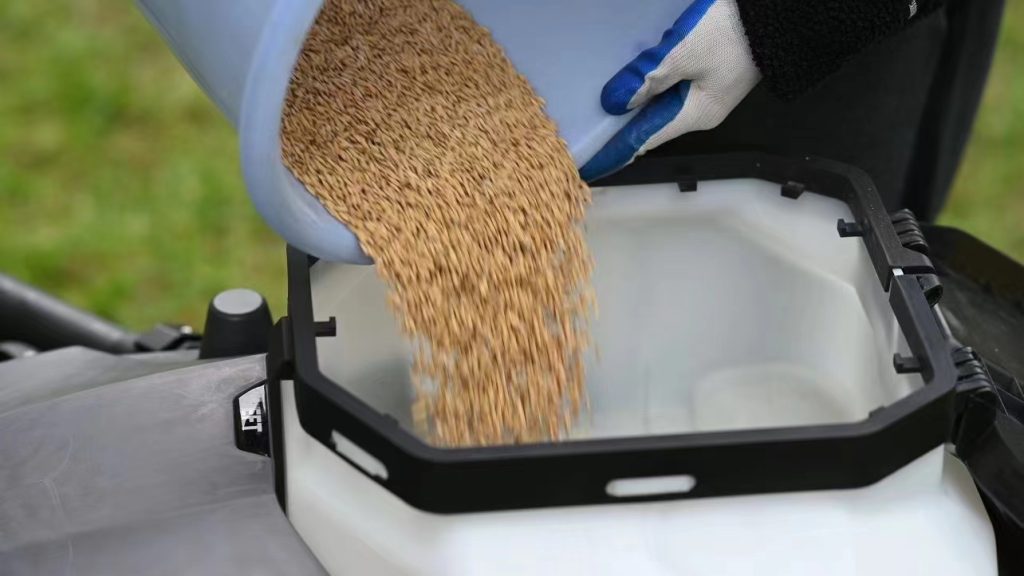
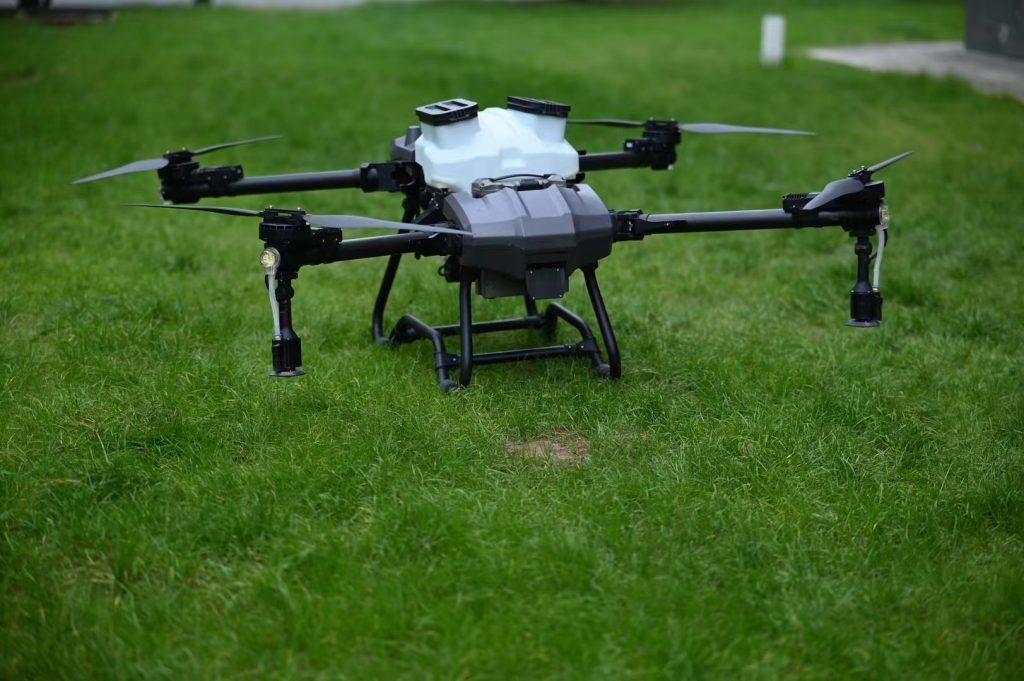
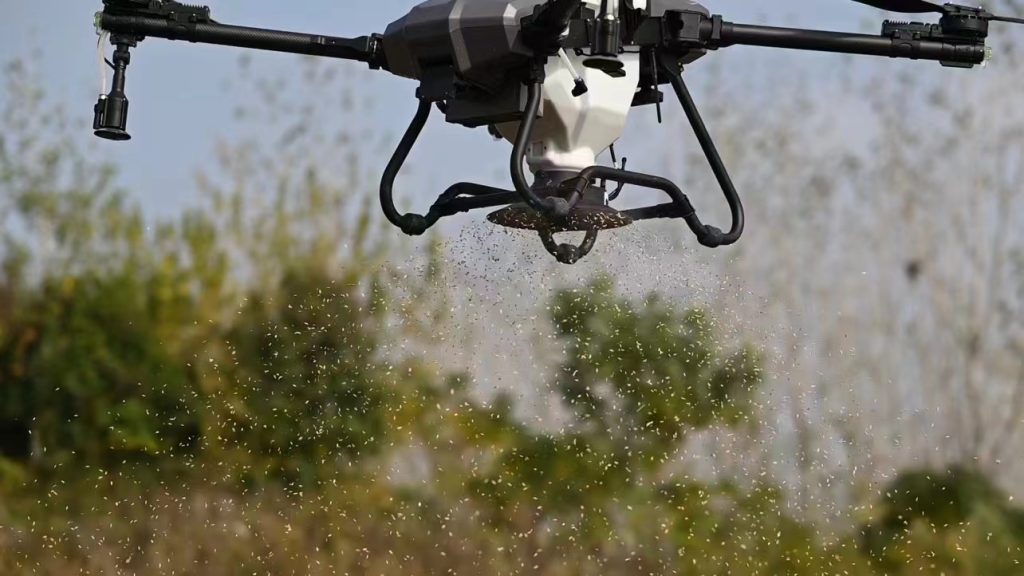
In the era of smart farming, drones are no longer experimental gadgets—they are reliable tools used by farmers around the world. From spraying pesticides to distributing nutrients, agricultural drone sprayers are optimizing field operations with unmatched efficiency and accuracy. Whether used as a pesticide spraying drone, a fertilizer drone for agriculture, or a general-purpose crop spraying drone, these machines are changing how we farm.
What Are Agricultural Spraying Drones?
Agricultural spraying drones are unmanned aerial vehicles (UAVs) equipped with tanks, pumps, and nozzles to deliver liquid or soluble substances to crops. Controlled by remote or app-based systems, they can follow pre-programmed routes with GPS accuracy to treat crops with pesticides, herbicides, foliar fertilizers, and more.
Depending on their setup, these drones serve various purposes:
- As pesticide spraying drones, they protect crops from pests and diseases.
- As fertilizer drones, they enhance soil and plant nutrition.
- As crop spraying drones, they offer multi-functional spraying across different growth stages.
Key Features and Capabilities
| Function | Description |
|---|---|
| Pesticide Spraying | Targeted control of insects and fungi on rice, maize, vegetables, and fruit trees. |
| Fertilizer Spraying | Application of water-soluble fertilizers during key growth stages, increasing absorption and yield. |
| Herbicide Spraying | Weed control across open fields and precise border areas. |
| Variable Rate Control | Drones adjust flow rate based on plant density or crop type. |
Benefits of Using Fertilizer and Pesticide Spraying Drones
✅ Higher Efficiency
Drones can cover 10–20 acres per hour depending on size and tank capacity, ideal for both small plots and large-scale farms.
✅ Cost-Effective
Using a fertilizer drone for agriculture reduces labor costs and avoids over-fertilization, helping farmers save money on inputs.
✅ Reduced Chemical Use
With precise nozzle control and GPS-guided paths, drones apply only what is needed, where it is needed—reducing chemical runoff and environmental impact.
✅ Safer Working Conditions
Operators stay away from chemical exposure and avoid walking in flooded or uneven terrain.
✅ All-Weather Operation
Drones can operate in humid, muddy, or mountainous conditions where tractors or manual laborers may struggle.
Technical Specifications Overview
| Specification | Typical Range |
|---|---|
| Tank Capacity | 10L to 30L |
| Spray Width | 4–8 meters |
| Battery Life | 15–25 minutes (hot-swappable) |
| Max Payload | Up to 40 kg |
| Navigation System | GPS / RTK with auto-route planning |
| Obstacle Avoidance | Ultrasonic / Visual sensors |
| Terrain Following | Radar-based altitude control |
Real-World Applications
- Vegetable Farms – fast foliar nutrient application with a fertilizer drone
- Paddy Fields – efficient pesticide spraying in wet soil conditions
- Orchards – precise tree-top spraying with crop spraying drones
- Plantation Farms – efficient herbicide spraying to manage invasive weeds
The Future of Precision Agriculture with Drones
With ongoing advancements in AI, machine vision, and cloud-based farm management, the role of agricultural drone sprayers will continue to expand. Future drones will not only spray crops but also monitor health, detect pests, and make real-time decisions.
Conclusion
From the pesticide spraying drone that protects crops, to the fertilizer drone for agriculture that boosts yield, these technologies are ushering in a new generation of precision farming. As farmers look for sustainable, cost-effective, and scalable solutions, crop spraying drones are emerging as a smart and essential investment for the future of agriculture.

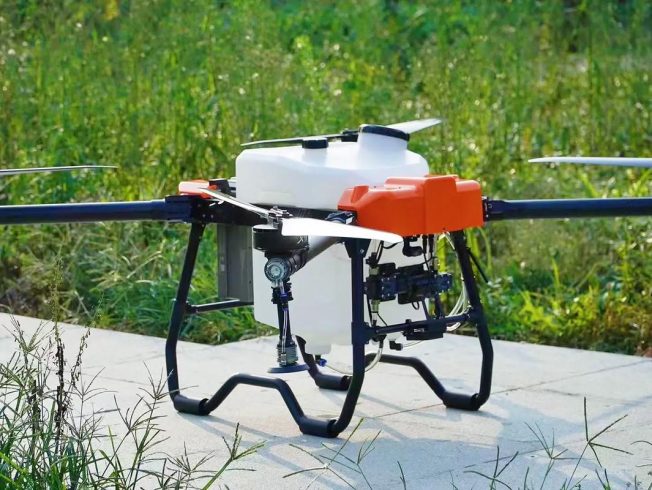
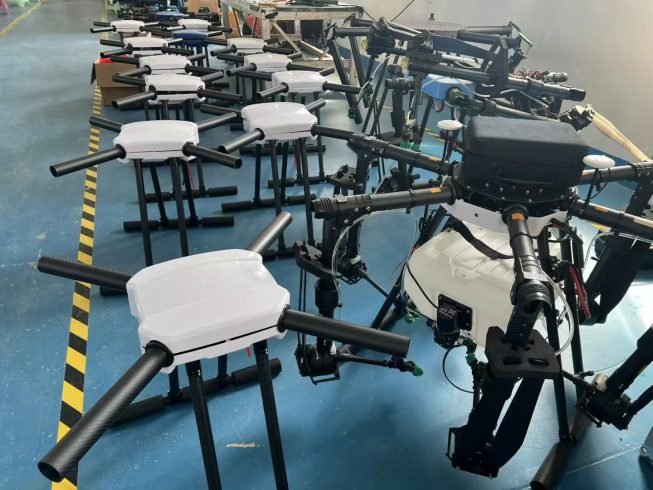
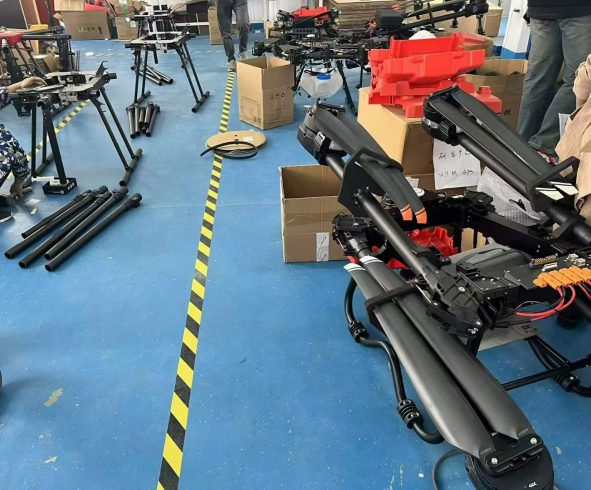
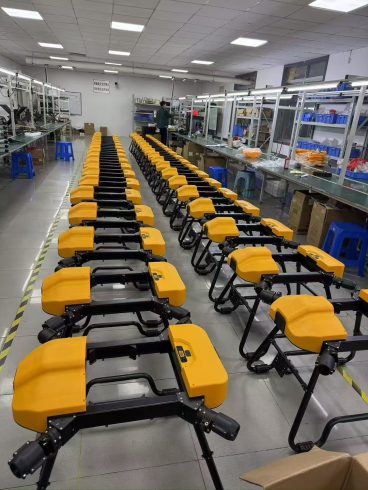

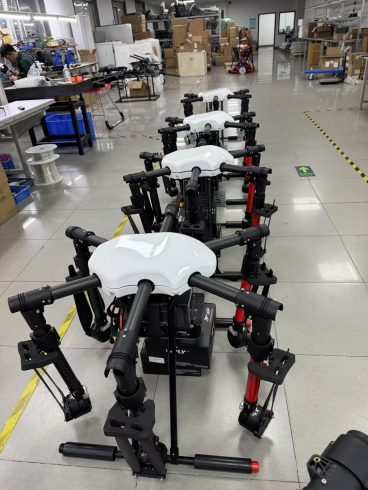
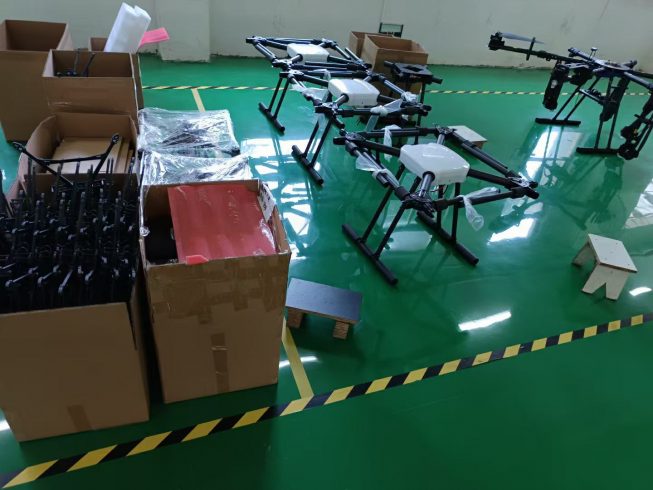
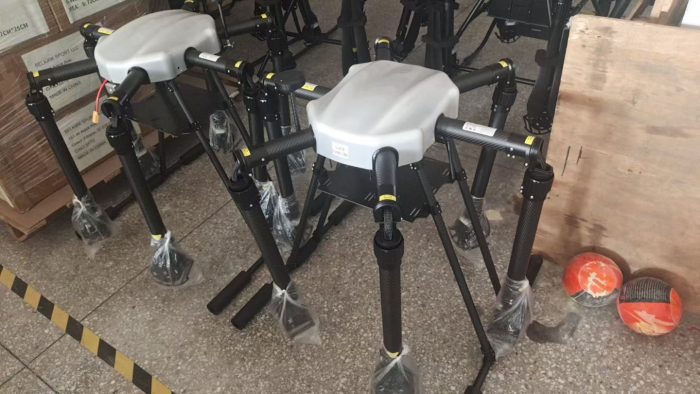
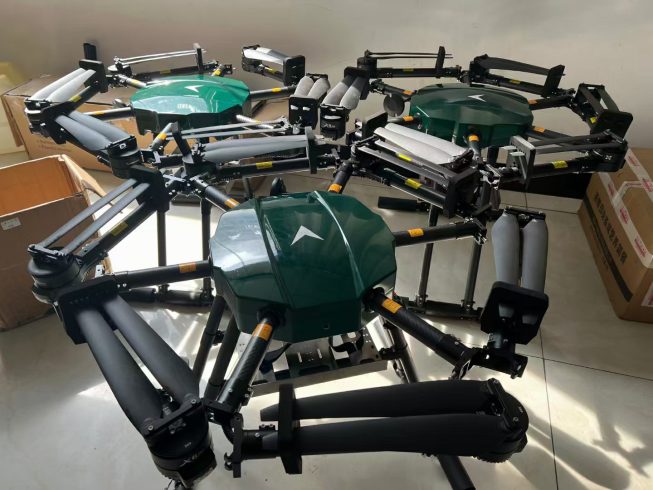
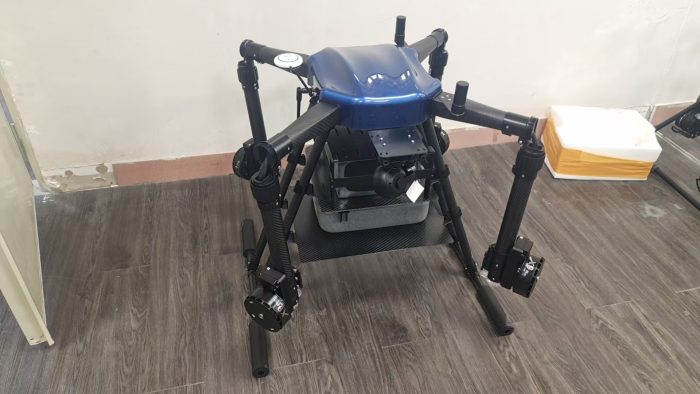
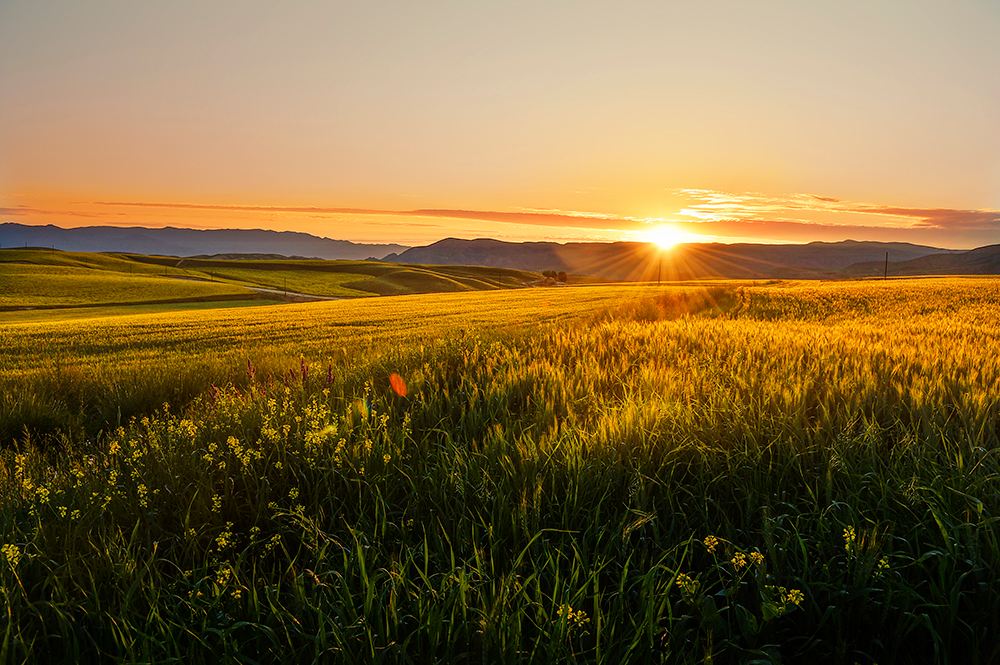
暂无评论内容